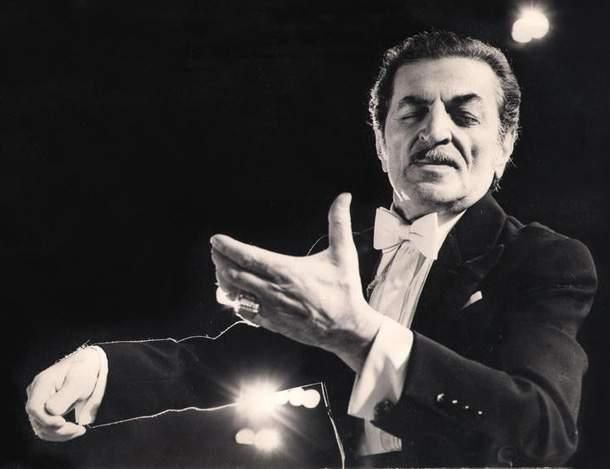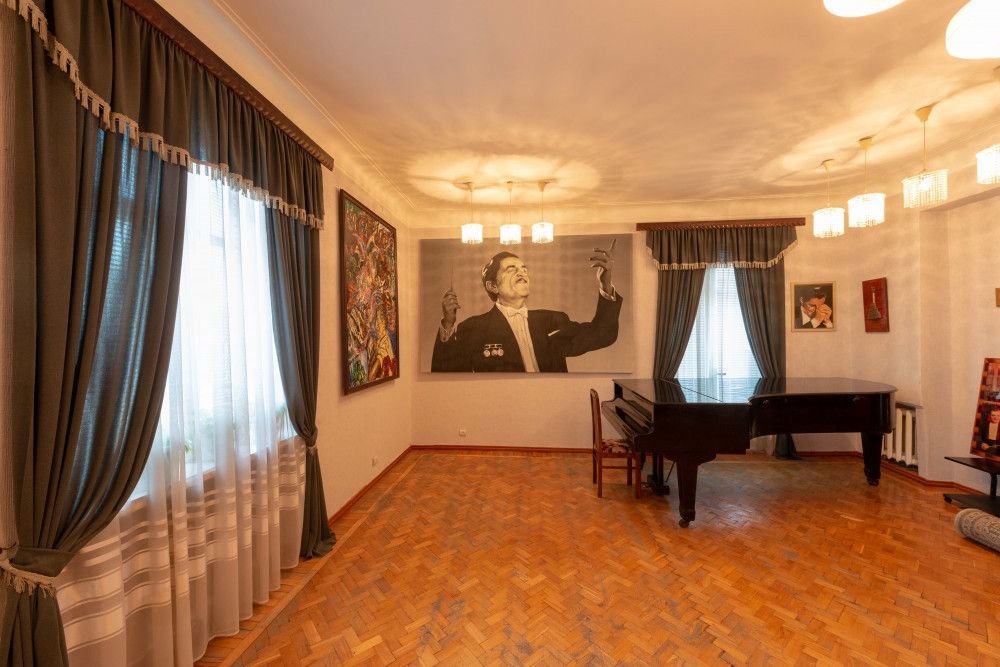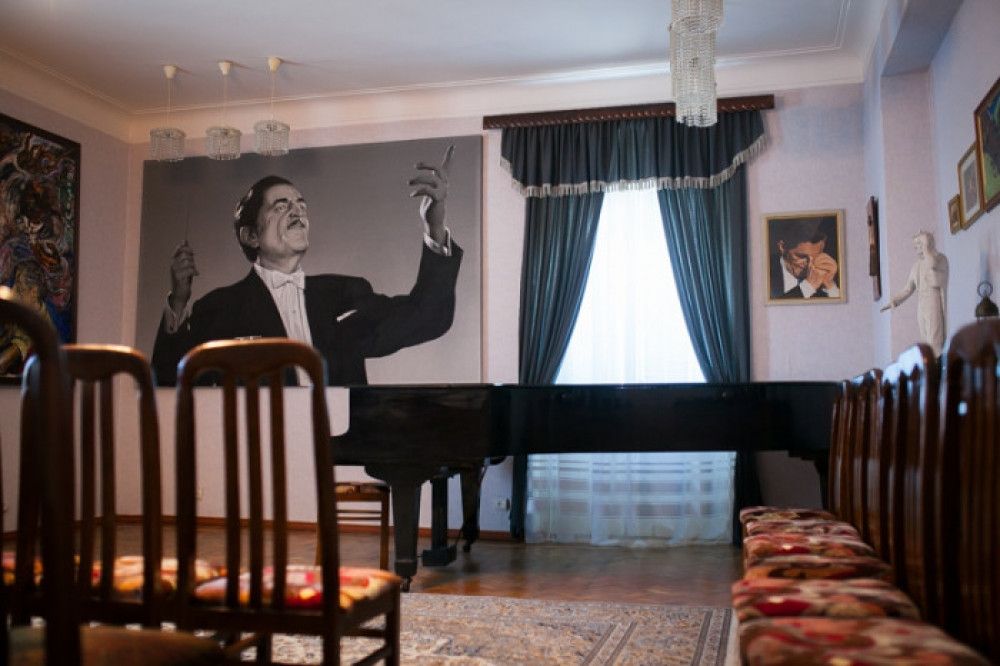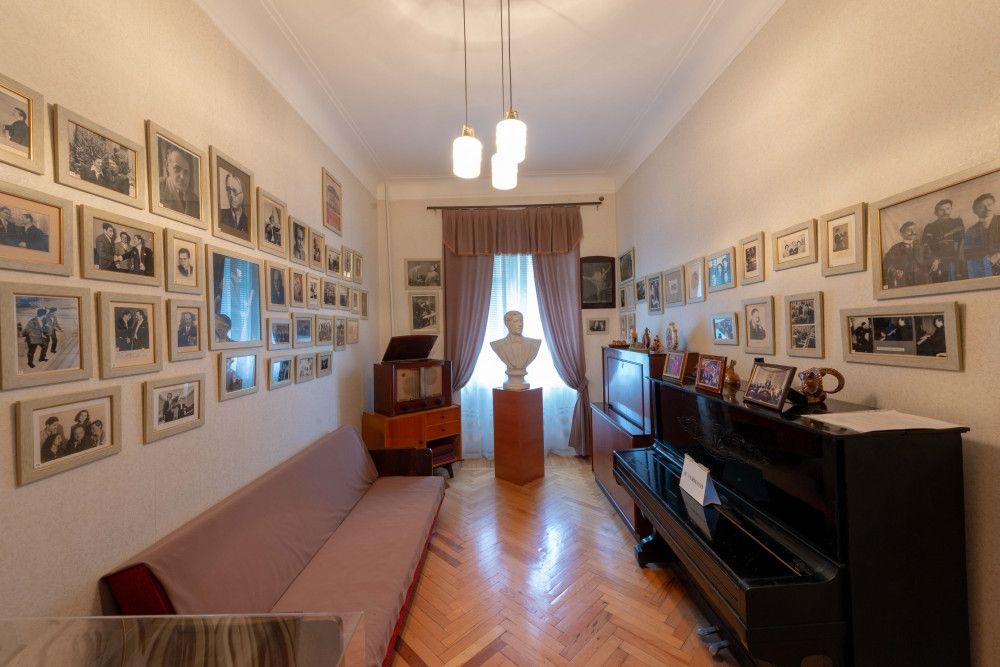Maestro Niyazi: Genius conductor and fashion icon [PHOTO]
![Maestro Niyazi: Genius conductor and fashion icon [PHOTO]](https://www.azernews.az/media/2022/08/22/niyazi2.jpg)
By Laman Ismayilova
The Azerbaijani school of conductors has gone through a long and unique path of development. The art of conducting is inseparably connected with maestro Niyazi.
Actually, Niyazi Tagizada-Hajibayov was the first professional Azerbaijani conductor, who won world fame for Azerbaijan.
His name marks a whole era in the history of Azerbaijani musical art.
The great conductor grew up in a highly musical atmosphere. There was a lot of music and singing around thanks to Niyazi's uncle, music genius Uzeyir Hajibayli.
With bated breath, the young talent admired the music pieces performed by his father- Zulfugar Hajibayli, another outstanding composer. The childhood spent in such a creative environment made itself felt.
Niyazi Tagizada-Hajibayov received his primary musical education in Baku.
Furthermore, he studied at the Gnessin Music School (1925-1926) in Moscow and the Central Musical Technical School (1929-30) in Saint Petersburg.
The first big success came to Niyazi in 1938 at the Days of Azerbaijan Art in Moscow. He conducted Uzeyir Hajibayli's Koroghlu and Muslim Magomayev's Nargiz operas.
Maestro Niyazi's musical talent was truly impressive. The maestro conducted the Azerbaijan State Symphony orchestra for 46 years.
His orchestra accompanied such legendary singers as Bulbul, Rashid Behbudov, Muslim Magomayev, Lutfiyar Imanov, and other outstanding performers.
Niyazi's most significant works include the opera Khosrov and Shirin (1942), and the ballet Chitra (1960). His symphonic mugham Rast gained worldwide fame.
He also wrote a number of major epic pieces in the 1940s.
His military-themed music Memoirs and In the Battle were included in the program of the Decade of music of the Caucasus republics in 1944.
In 1945, Niyazi carried out a new musical edition of this musical comedy The Cloth Peddler.
Artistic director and chief conductor of the Azerbaijani State Symphony Orchestra Niyazi was also active in organizing symphony concerts and festivals in Shusha, Khankandi, Agdam, Agjabadi, Barda, and other districts.
"The promotion of classical music strongly influences the general culture, the spiritual world, and the musical taste, especially in the younger generation. Properly constructed musical promotion can solve this urgent problem," Niyazi once said.
Niyazi conducted many of the major symphony orchestras in Prague, Berlin, Budapest, Bucharest, New York, Paris, Istanbul, and London, promoting Azerbaijani classical music successfully.
Many contemporaries said about Niyazi that he was a trendsetter in fashion. At that time, conductors went on stage in a tailcoat, unique shirts, and bow ties. Maestro Niyazi wore a white turtleneck under a tailcoat which became his trendy look.
The maestro died in Baku on August 2, 1984, and was buried in the Alley of Honor.
The Home Museum of the great conductor and composer was founded in 1994. Maestro Niyazi lived and worked here from 1958 to the end of his life.
Over 6,200 exhibits, including Niyazi's musical manuscripts, photographs, books, and printed music from his personal library, gramophone records, and personal belongings are included in the museum's collection.
The Niyazi House Museum regularly hosts concerts dedicated to the maestro and the significant dates pertaining to musical history.
--
Follow us on Twitter @AzerNewsAz
Here we are to serve you with news right now. It does not cost much, but worth your attention.
Choose to support open, independent, quality journalism and subscribe on a monthly basis.
By subscribing to our online newspaper, you can have full digital access to all news, analysis, and much more.
You can also follow AzerNEWS on Twitter @AzerNewsAz or Facebook @AzerNewsNewspaper
Thank you!




